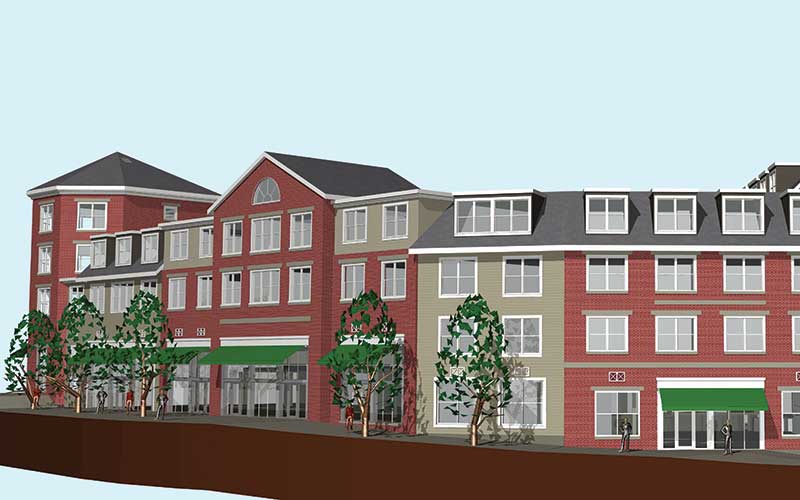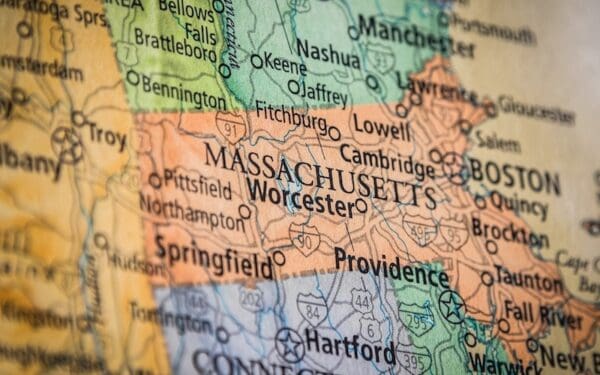
For a neighborhood to truly thrive, it needs healthy people, a healthy environment, and a healthy economy with opportunities for all. Improving neighborhood environments can boost health, but traditional financing sources simply aren’t capable of addressing those needs at a project level.
Recognizing the complex challenges of building healthy and sustainable communities, three years ago, CLF Ventures and the Massachusetts Housing Investment Corporation partnered to create the Healthy Neighborhoods Equity Fund. Building on CLF’s years of advocacy for equitable access to public transit and smart growth, the Fund focuses on bringing new sources of capital to mixed-use, transit-oriented real estate projects that can catalyze the creation of healthy neighborhoods in low-income communities.
“We believe in the power of these kinds of developments to positively impact the health of people in these communities, where health disparities are alarming when compared with populations in higher income neighborhoods,” says Gina Foote, Fund Development Director for CLF. Foote cites one Massachusetts study that showed that life expectancy varied by as many as 33 years between Boston census tracts located only two miles apart.
Foote hopes that the Fund’s latest investment, Landing 53 in Braintree, will spur a broader revitalization in the surrounding neighborhood. Located near the Weymouth–East Braintree Commuter Rail station, the new development is replacing two acres of run-down, semi-vacant buildings with 172 new apartments and 12,000 square feet of retail space. The project will add workforce housing, create jobs, and enhance the environment with new pedestrian walkways and other amenities.
Ultimately, Foote believes that the Fund – and developments like Landing 53 – can serve as models for a new kind of impact investment that can be replicated locally and nationally. That vision has attracted support from the Boston Foundation as well as the Robert Wood Johnson Foundation. CLF has also partnered with the Harvard School of Public Health, Metropolitan Area Planning Council, Massachusetts Department of Public Health, and others to collect data for a detailed health scorecard to show what targeted development of this kind can mean for the environment and improved community health over time.
“Building and improving communities at the neighborhood level, project by project, is tough, complex work,” says Foote. “But it’s well worth the effort once you see the transformative impact on people’s lives.”



